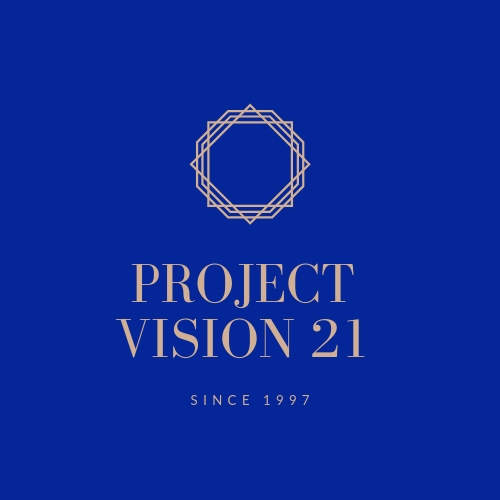In 1818, in the court of Manhattan (New York), the state inspector James Maurice took the merchant Samuel Judd to trial for the crime of insisting that whales were mammals, and not, as everyone believed at the time, fish.
Although the naturalist Lineo had already said in 1758 that whales were mammals, that position was rejected by most people based on a misreading of the story of Jonah in the Hebrew scriptures, mistaking the "great fish" mentioned in that text with a "whale," which is never mentioned (except, sadly, in popular songs for kids.)
After only 15 minutes of deliberation, the jury went in favor of Maurice, declaring that the whales were, without a doubt, fish because they did not have legs and because they lived in the sea. Although the verdict was overturned only a month later, its consequences lasted for decades before the whales disappeared and were accepted as mammals.
Then, from July 11 to 21, 1925, in Dayton, Tennessee, teacher John Scopes was put on trial for having taught the theory of evolution in one of his classes, in violation of a law passed in that state that prohibited teaching that theory. The presiding judge, John Raulston, rejected any testimony from scientists and found Scope guilty.
Scope will have to pay a fine of $100 ($1,700 in 2023), which would later be cancelled. But the law prohibiting teaching (indeed, mentioning) the theory of evolution in that state remained in effect until 1967.
Why do we mention those examples? Because on August 18, Judge Beryl Howell, of the Federal Court of the District of Columbia, ruled against Stephen Thaler, who argued that the creations made by the artificial intelligence that he uses should be protected by copyright in the name of that artificial intelligence, and not his, since he (Thaler) had not participated in that creative process.
In his ruling, the judge noted that United States copyright law, which dates back to 1790, emphasizes that "the human element" is the central element in the adjudication of intellectual property or copyright and that those rights are designed to “encourage human creativity”.
However, the first generation of generative artificial intelligence is already here and, although still clearly in its infancy, such artificial intelligence can already autonomously produce “highly sophisticated and human-like creations” without input or decision “of human creativity”, as the expert Shelly Palmer rightly says.
In 1818 the judge in the whale case indicated that science, not the Bible or the law, was on trial. In 1925, the attitude of the judge was quite similar. And although in the current case of artificial intelligence these indications no longer appear explicitly, the decision is based on a law written in 1790 with the ideas and beliefs of that time.
Maybe it's time to redefine what it means to be human. Perhaps it is time to carefully watch again The Measure of a Man (Start Trek: The Next Generation, season 2, episode 9) before deciding about the rights of artificial intelligence.

Comments
There are currently no blog comments.